Muscle Activation Technique (MAT) is a method to restore muscle function and balance by addressing weaknesses. MAT improves performance, reduces pain, and is suitable for everyone, from athletes to those with chronic pain. In this article, we will explore what MAT is, how it works, and the benefits it offers.
Key Takeaways
-
Muscle Activation Technique (MAT) identifies and addresses underlying muscle weaknesses to improve overall muscle health and functionality.
-
MAT enhances physical performance and reduces chronic pain by restoring muscle contractile abilities and correcting muscular imbalances.
-
Unlike traditional therapies, MAT offers a personalized and targeted approach, making it effective for athletes and individuals of all ages.
What is Muscle Activation Technique (MAT)?

Muscle Activation Technique (MAT) focuses on restoring optimal muscle function by addressing muscle tightness and weakness. Unlike traditional methods that might merely treat symptoms, MAT operates on the principle that experiencing muscle tightness is often a result of underlying muscle weakness. Targeting these weaknesses helps correct the root cause, resulting in more effective and lasting outcomes.
Personal trainers certified in MAT can tailor exercise programs specifically to address individual neuromuscular imbalances. This approach tailors each plan to meet individual needs, making MAT versatile and effective for improving muscle health and functionality.
How MAT Works
MAT focuses on evaluating muscle contraction ability to uncover issues like joint instability and limited motion. Restoring muscle contractile capabilities re-establishes communication pathways between the nervous system and muscular systems, directly addressing muscle dysfunction.
The technique combines manual therapy with targeted exercises to enhance muscle activation and overall mobility. Practitioners guide patients through hands on neuromuscular therapy exercises to re-educate and strengthen inhibited muscles, ultimately boosting muscle efficiency and physical function.
Identifying Inhibited Muscles
The first step in MAT is identifying inhibited muscles through thorough assessments that uncover weaknesses affecting overall movement. Practitioners employ range of motion assessments and isolated muscle tests to detect these inhibited muscles, which contribute to muscle tightness and muscle inhibition.
Enhancing muscle activation through MAT improves range of motion, enabling freer and more comfortable movement. A thorough assessment by a qualified practitioner is essential for identifying weak muscle or inhibited muscles and establishing an effective treatment plan.
Correcting Muscular Imbalances
Once inhibited muscles are identified, MAT aims to correct muscular imbalances through various treatments. Enhancing muscle efficiency and cooperation, MAT addresses correcting muscle inhibition that leads to reduced pain and better overall functionality.
This process not only improves alignment and muscle balance but also helps to strengthen weak muscles, helping individuals perform physical tasks easier and with greater efficiency. MAT’s targeted approach ensures optimal muscle function, contributing to overall muscular system health and improved performance.
Benefits of Muscle Activation Techniques

The primary objective of MAT is to restore proper muscle function and balance, thereby improving athletic performance and overall physical health. From elite athletes to those dealing with chronic pain, MAT offers benefits that enhance quality of life.
Addressing weaknesses, alleviating tightness, and restoring strength, MAT therapy improves mobility and neuromuscular responses. Adding MAT to personal training programs helps prevent injuries and enhances muscle function, making it a valuable addition to any fitness regimen.
Enhances Physical Performance
MAT focuses on improving muscle contraction, which is crucial for enhancing physical performance. Enhancing muscle contraction ability, MAT helps athletes and active individuals improve their performance and ease physical tasks.
Professional sports organizations have begun incorporating MAT to reduce the risk of overuse injuries among their athletes, showcasing its effectiveness in enhancing athletic performance and overall muscle functionality.
Reduces Chronic Pain
One of the most significant benefits of MAT is its ability to reduce chronic pain by addressing muscle weaknesses that contribute to tightness. Systematically assessing and aligning muscles, MAT enhances balance and functionality, providing pain relief.
MAT’s targeted treatments help improve muscle balance and align the body, reducing tension and inflammation that contribute to chronic pain. This approach not only provides relief from chronic discomfort but also addresses the root cause rather than merely masking symptoms.
Supports Aging Process
As we age, maintaining muscle stability and functionality becomes increasingly important. MAT aids in this process by counteracting age-related muscle weaknesses, promoting better mobility, and reducing the risk of arthritis. Enhancing muscle function and reducing joint stress, MAT helps older adults maintain mobility and lessen arthritis-related pain.
MAT vs. Traditional Therapies

Muscle Activation Techniques (MAT) specifically aim at enhancing muscle contractile function, which differentiates it from conventional therapies that often focus on broader mobility and recovery goals. MAT zeroes in on correcting muscle imbalances through side-to-side comparative assessments, making it a unique and effective approach.
Unlike traditional therapies that might apply a one-size-fits-all method, MAT’s individualized approach targets specific neuromuscular issues. Employing specific muscle tests and isometric exercises, MAT restores muscle function and enhances mechanical efficiency, setting it apart from traditional physical therapy.
Personal Training and MAT

Personal training sessions that incorporate MAT are personalized to ensure each treatment plan addresses the specific needs and conditions of the individual. This approach enhances performance and corrects muscular imbalances, improving overall muscular health.
Adjusting programs each session based on muscle response, MAT remains a dynamic and responsive method for improving muscle function and preventing injuries. By integrating MAT into personal training, individuals can achieve enhanced physical performance and perform physical tasks more easily.
Real-World Applications
The effectiveness of MAT is evidenced by its adoption by numerous professional athletes. Retired NFL quarterback Peyton Manning utilized MAT to recover from an injury and enhance his performance. Similarly, pro golfer Bryson DeChambeau adopted MAT in 2020 to address a back injury, subsequently leading the tour in driving distance.
The impact of MAT on professional athletes highlights its relevance as a preventive and rehabilitative tool enhancing both performance and health. Athletes using MAT in their training and rehabilitation routines report significant performance improvements and reduced injury recurrence.
Getting Started with MAT

Starting with MAT is straightforward and suitable for all ages, including those recovering from injuries. Consultations often include hands-on techniques that are safe and effective.
While the cost of MAT sessions can vary, options are available to fit different budgets, making it accessible for many individuals seeking to improve their muscle health.
Summary
In summary, Muscle Activation Techniques offer a holistic and effective approach to enhancing muscle function, reducing chronic pain, and supporting the aging process. By focusing on correcting muscle imbalances and improving neuromuscular communication, MAT provides lasting benefits that go beyond simply treating symptoms.
Whether you are an athlete looking to boost your performance, someone dealing with chronic pain, or an older adult seeking to maintain mobility, MAT can be a transformative addition to your health and fitness regimen. Embrace the power of MAT and unlock your body’s full potential for a healthier, more active life.
Frequently Asked Questions
What is Muscle Activation Technique (MAT)?
Muscle Activation Technique (MAT) is a neuromuscular therapy aimed at restoring optimal muscle function by addressing issues of muscle tightness and weakness. It involves hands-on manipulation to improve overall muscle performance.
How does MAT work?
MAT enhances muscle contraction by integrating manual therapy with targeted exercises, thereby improving muscle activation and overall mobility. This approach effectively evaluates and strengthens muscular function.
What are the benefits of MAT?
MAT offers benefits such as enhanced physical performance, reduced chronic pain, improved muscle function, and support during the aging process. These advantages can significantly contribute to overall well-being and mobility.
How does MAT differ from traditional therapies?
MAT specifically targets muscle contractile function and corrects imbalances, providing a personalized approach that differs from the broader methodologies of traditional therapies.
How can I get started with MAT?
To get started with MAT, schedule a consultation with a certified practitioner who can provide hands-on techniques tailored to your needs. This approach is suitable for all ages and offers options to fit different budgets.

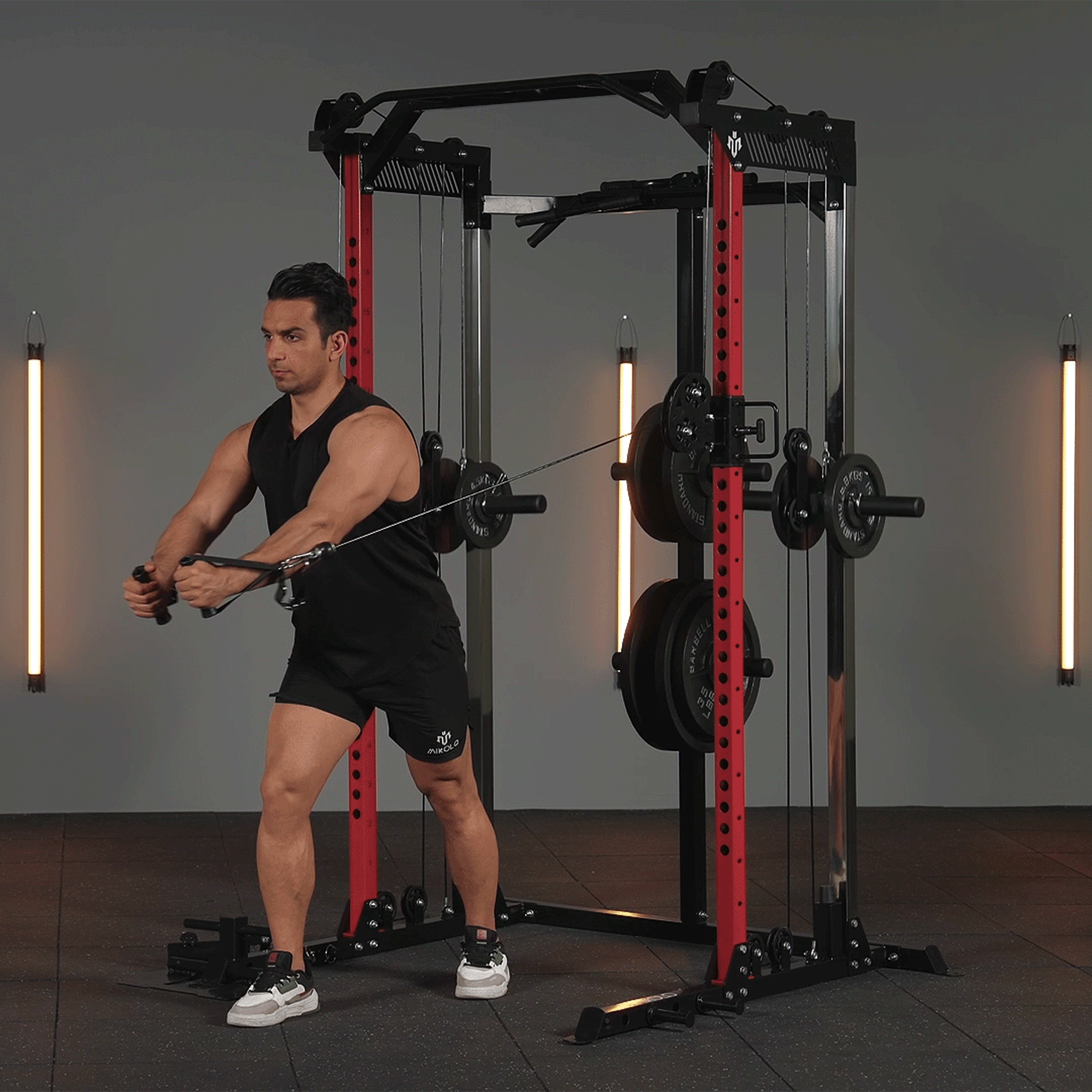




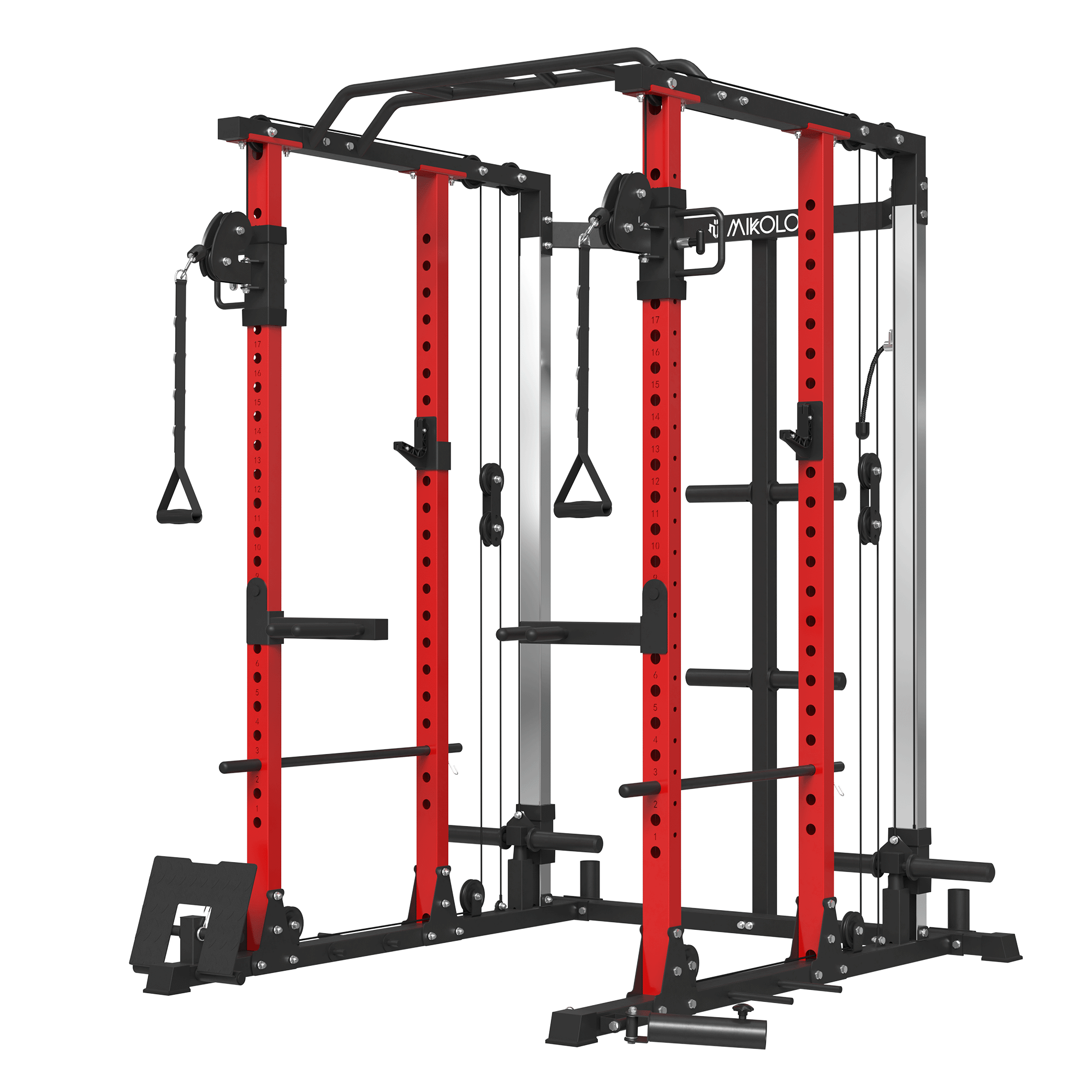



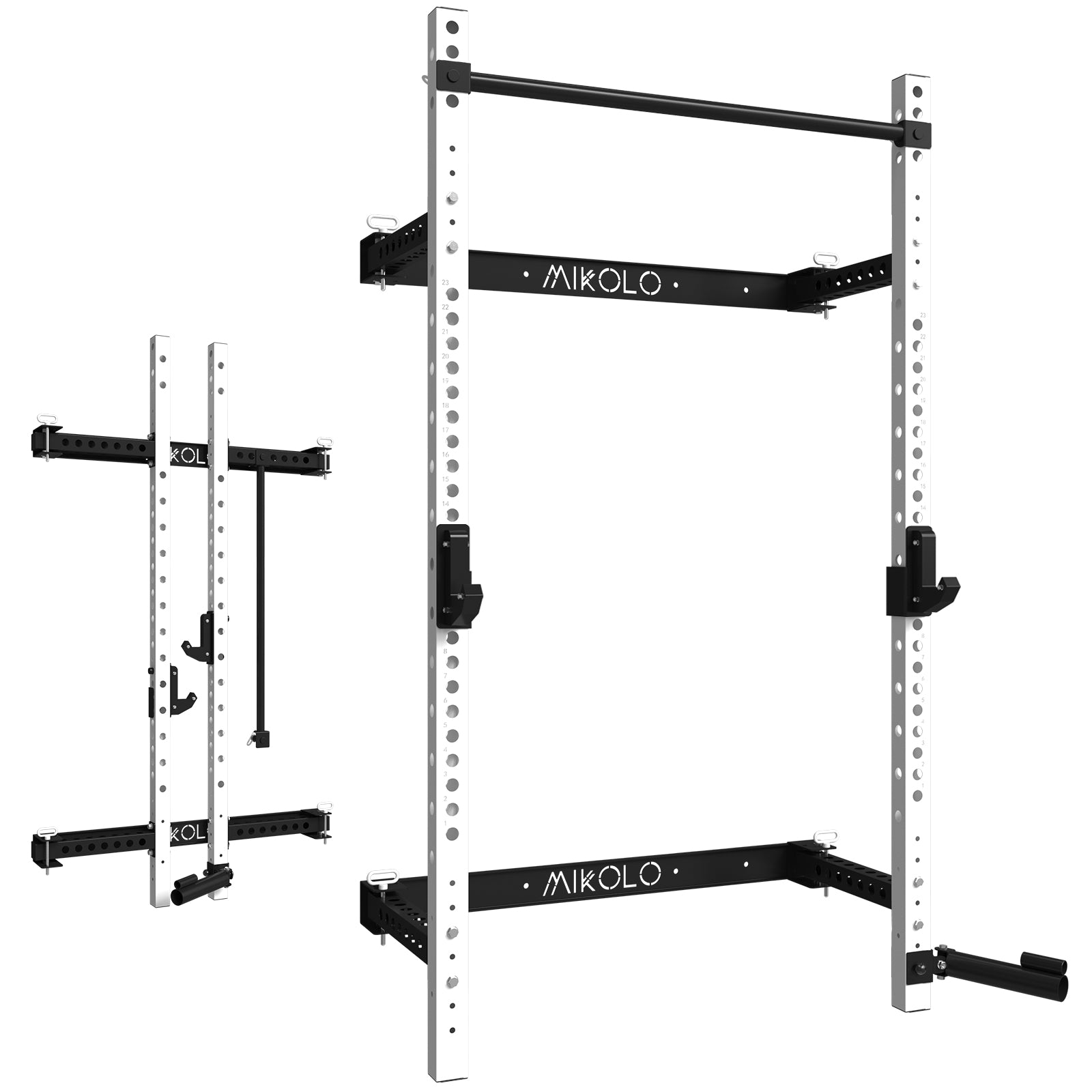
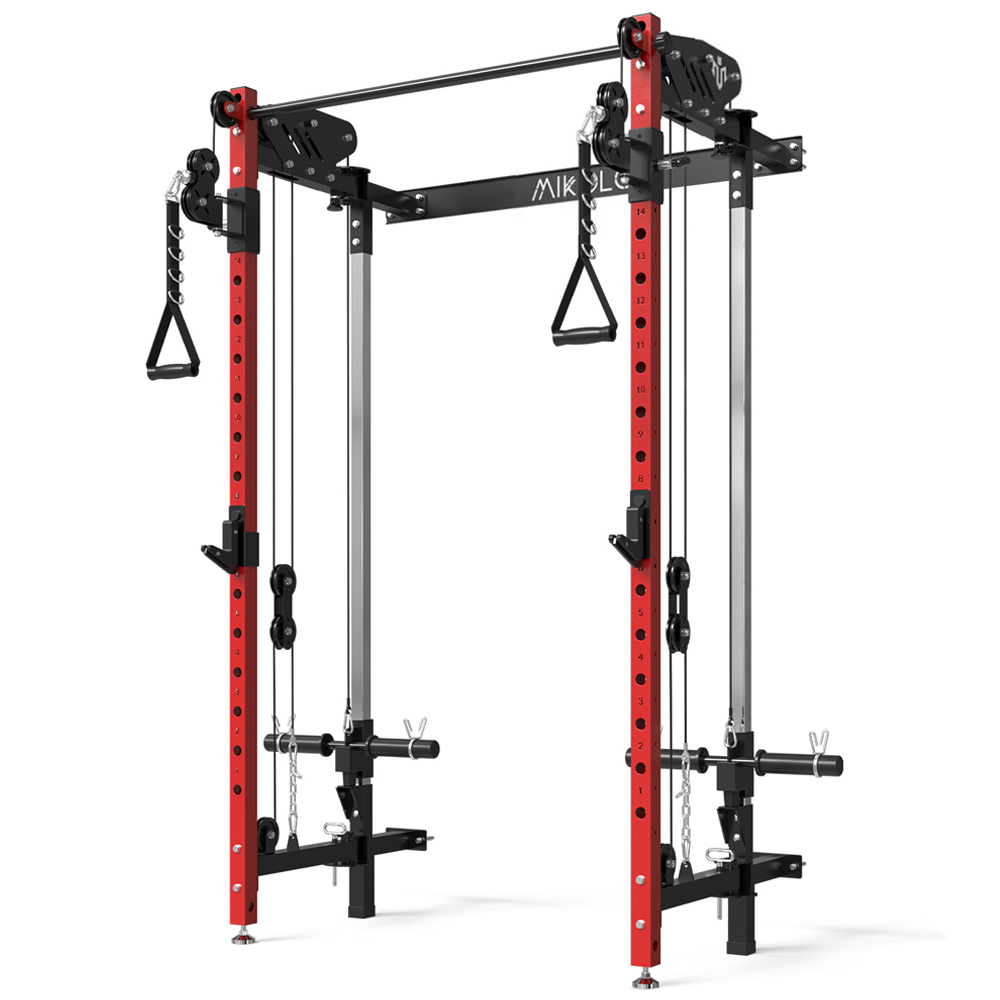






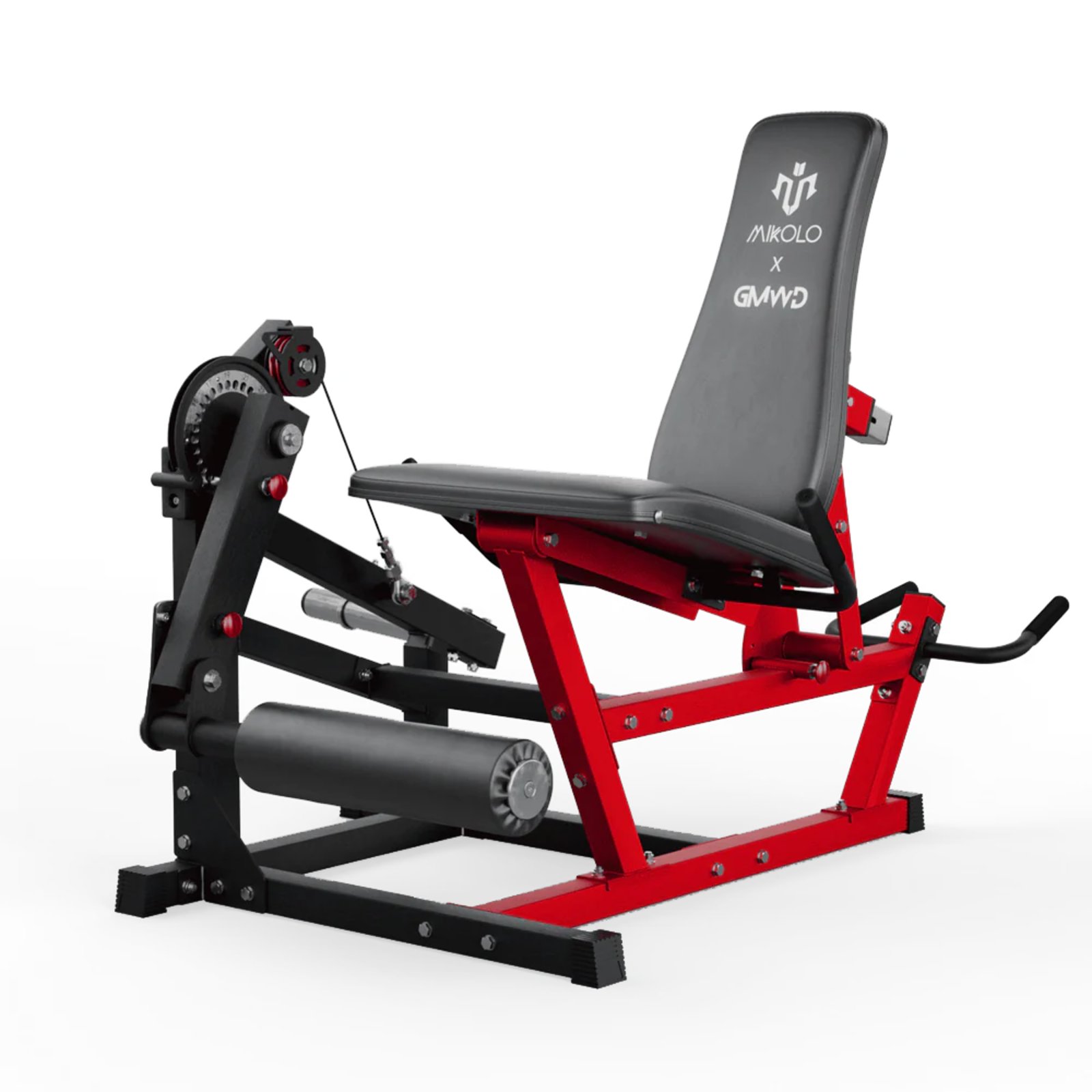
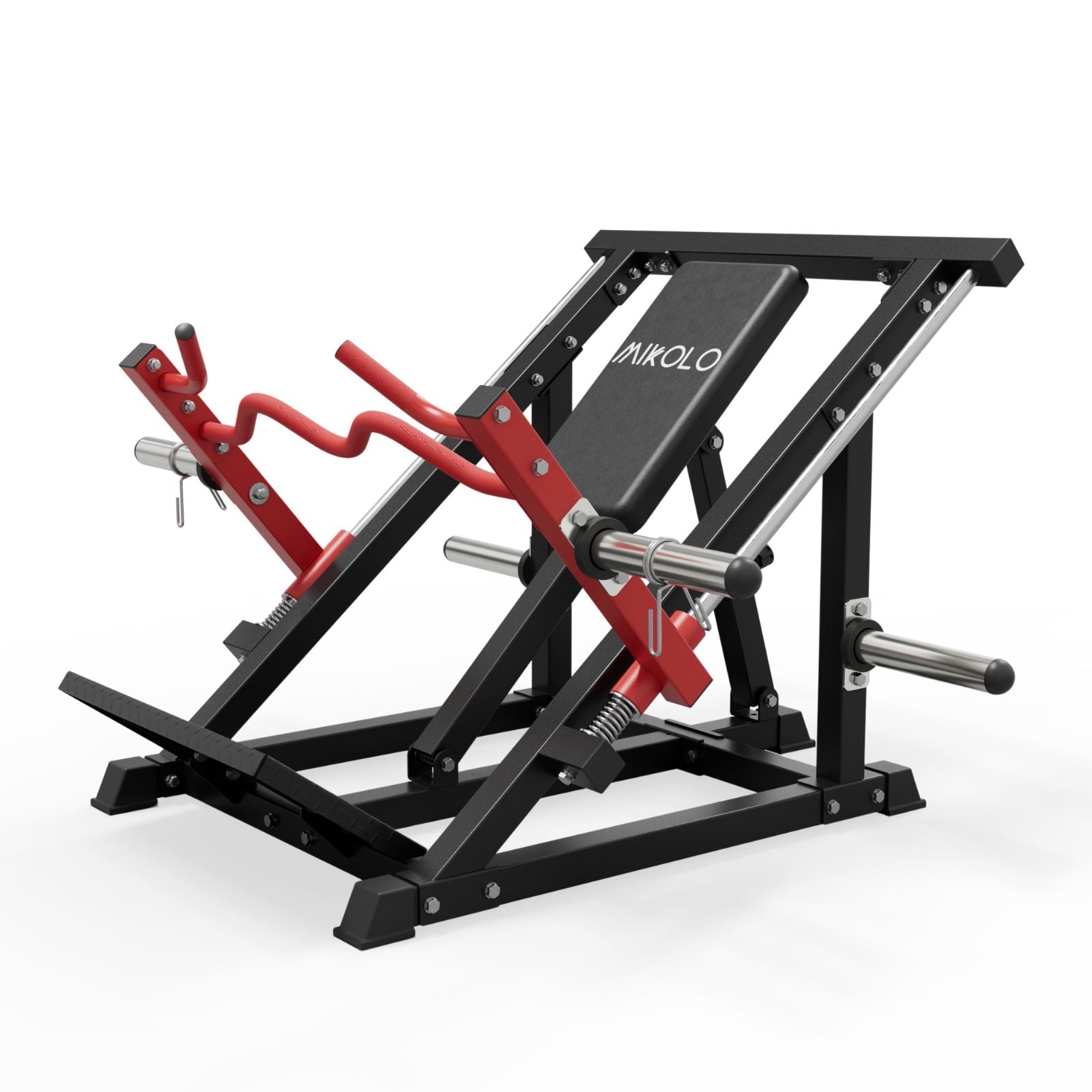
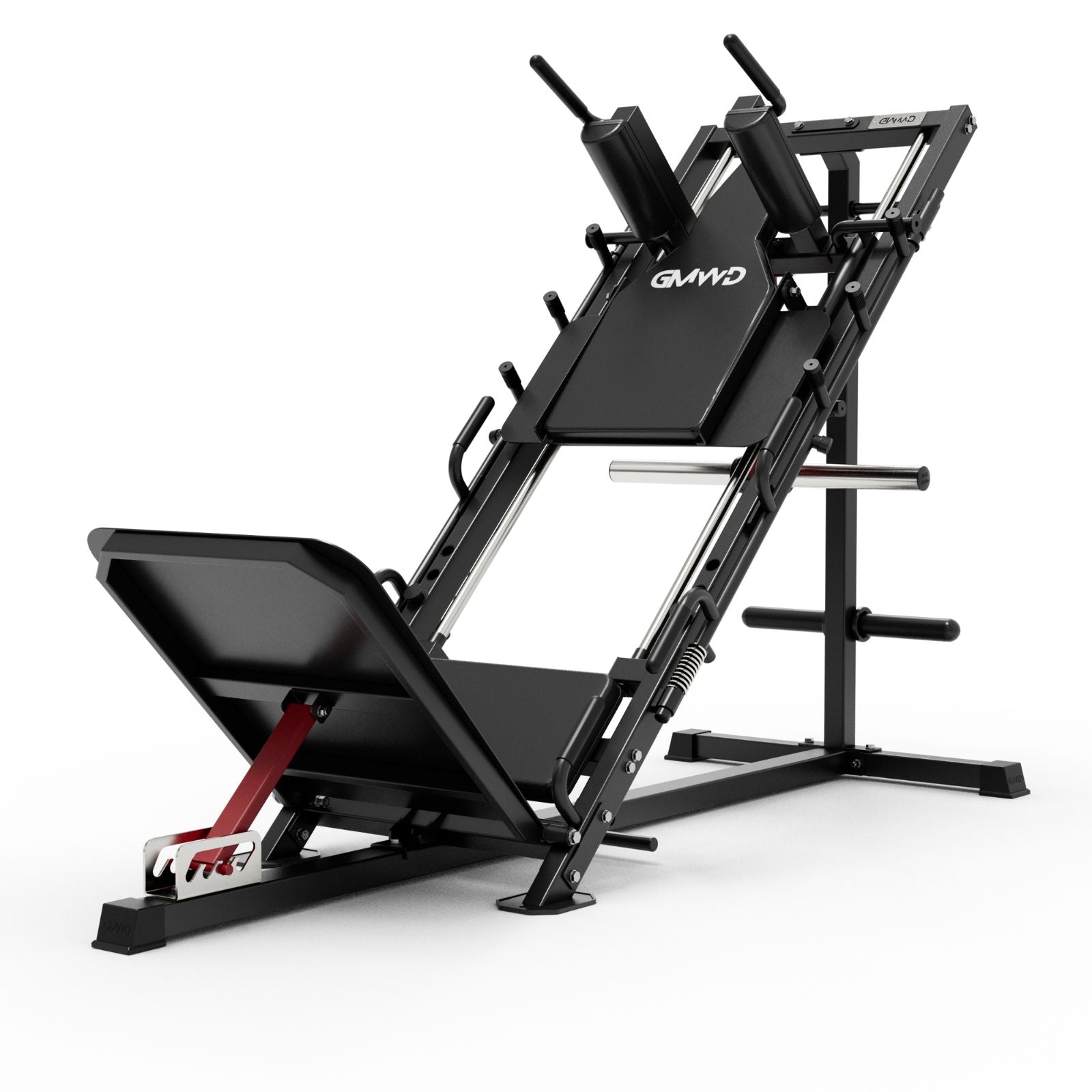
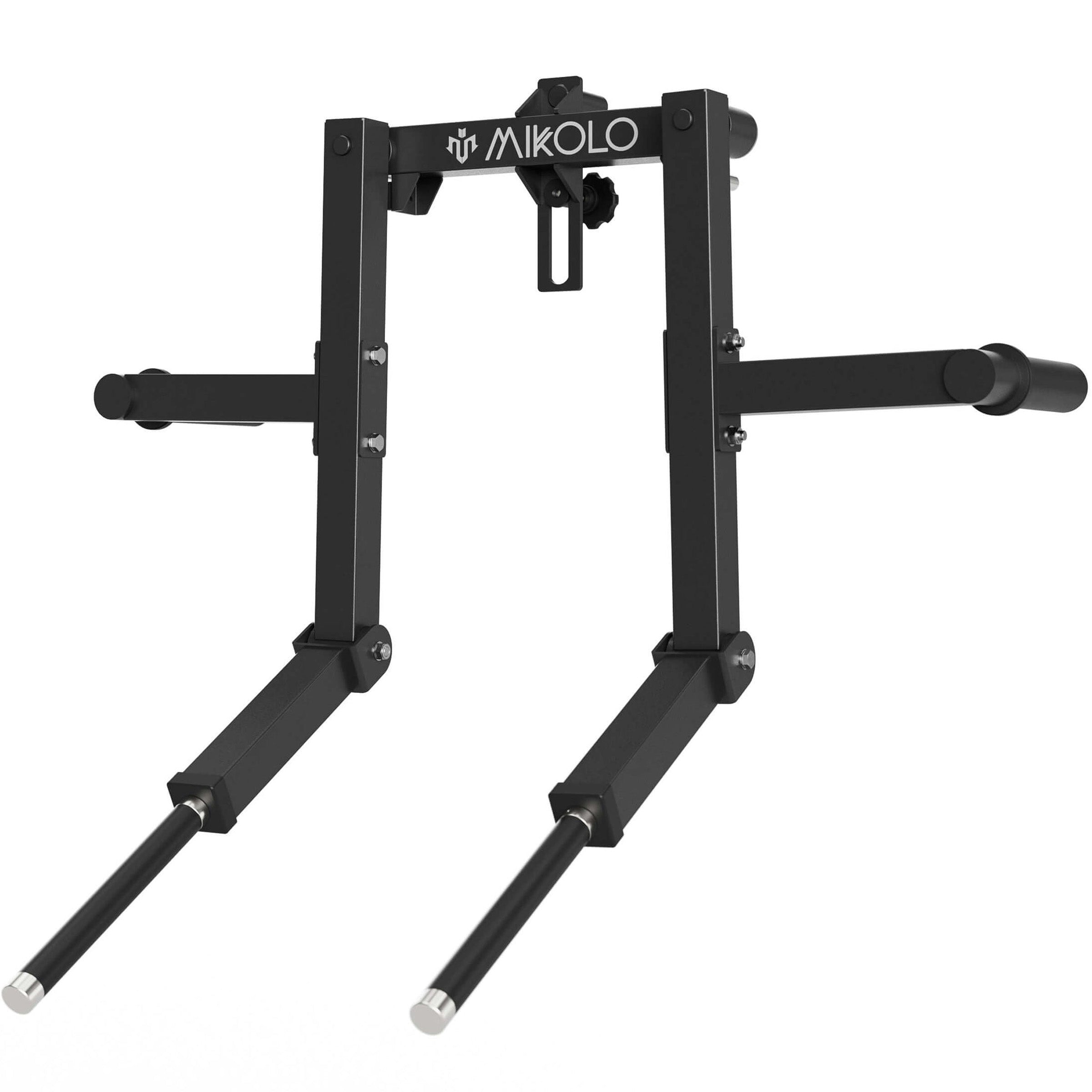
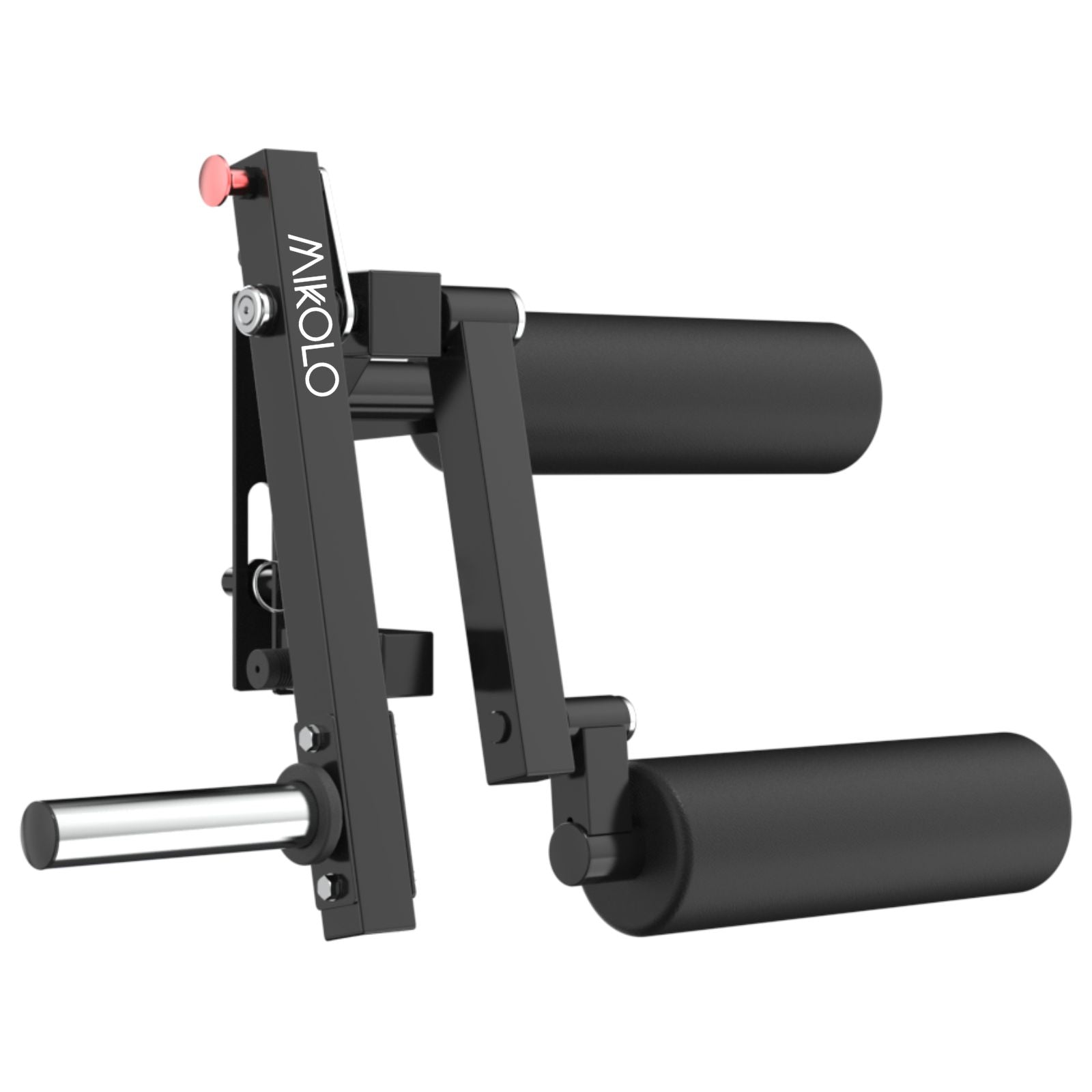



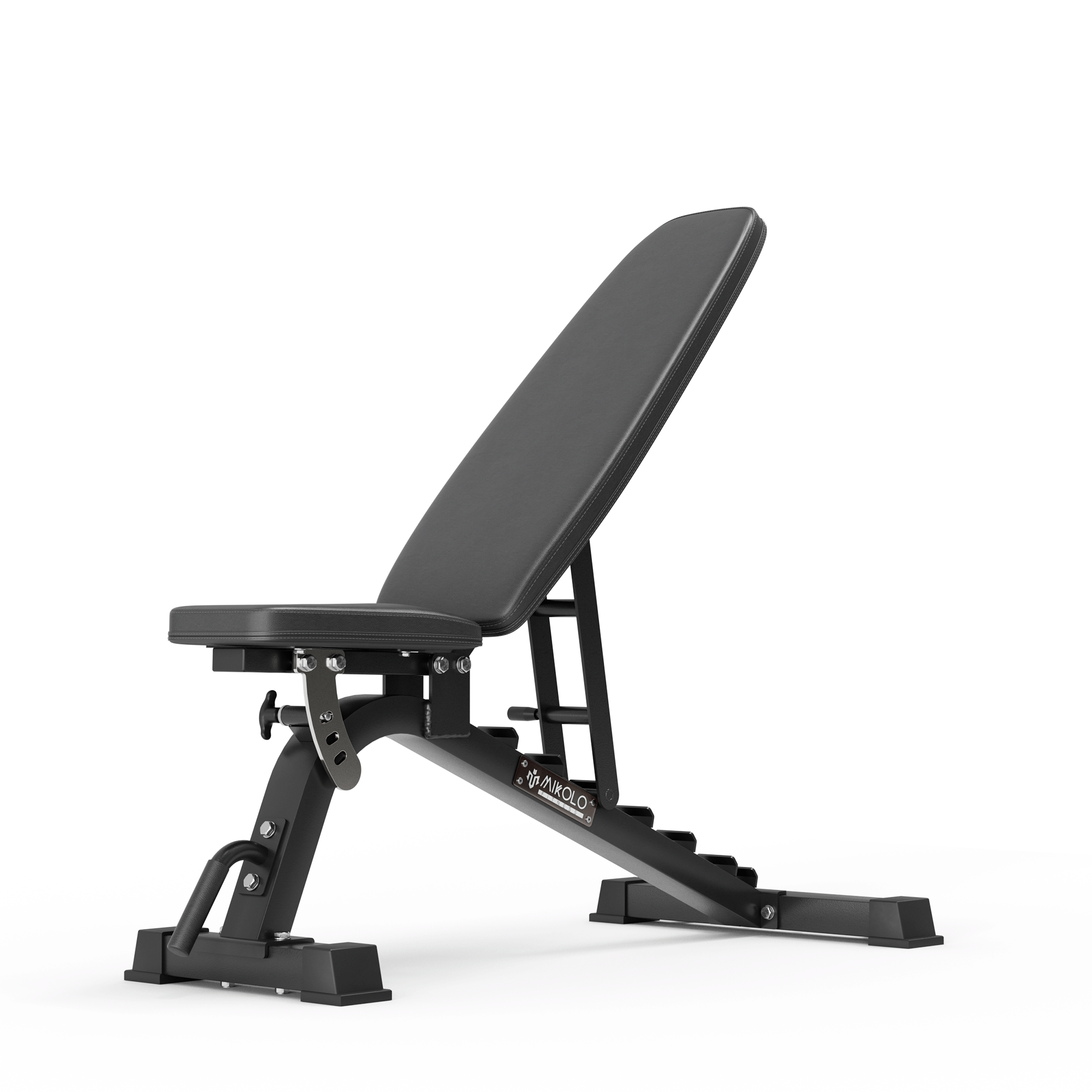

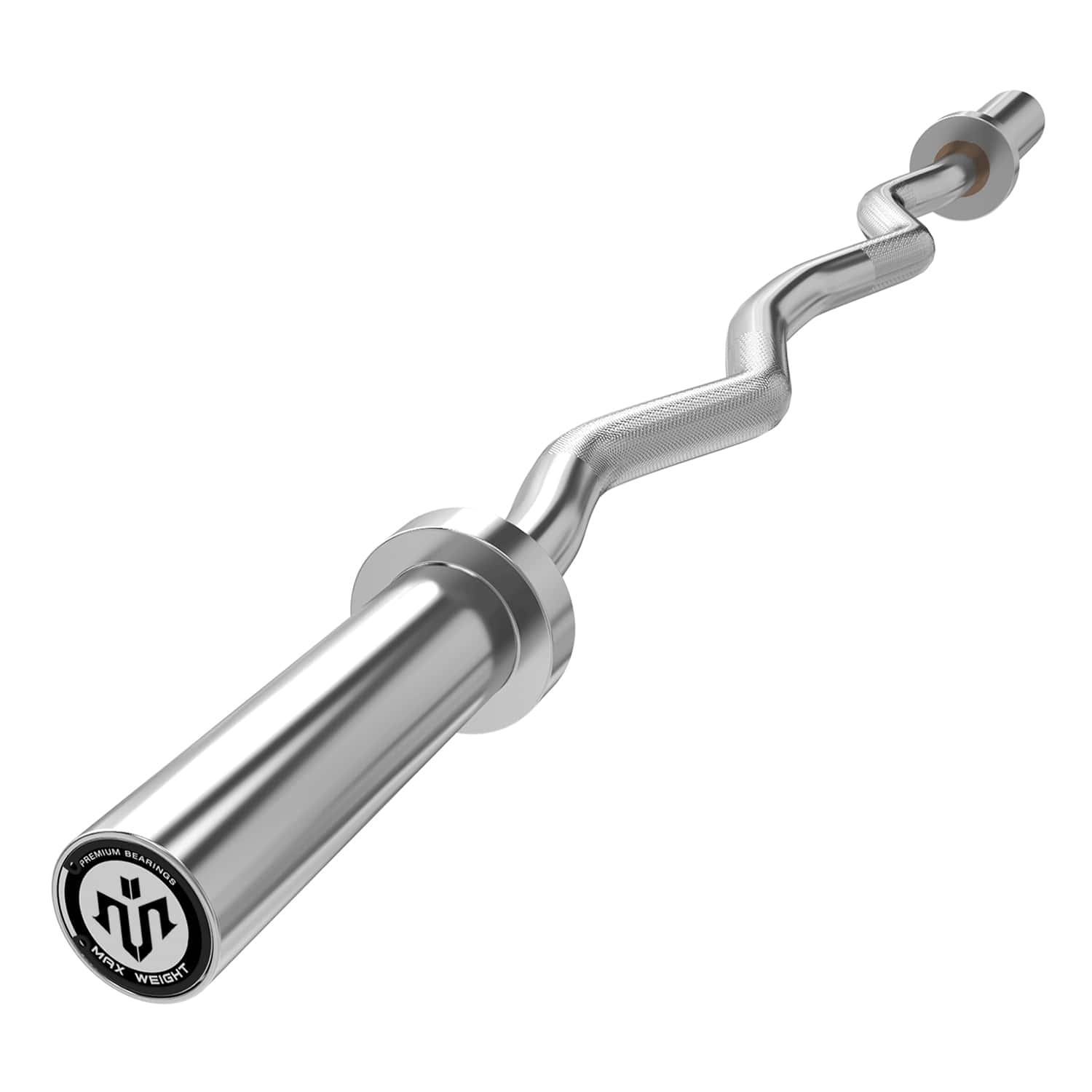
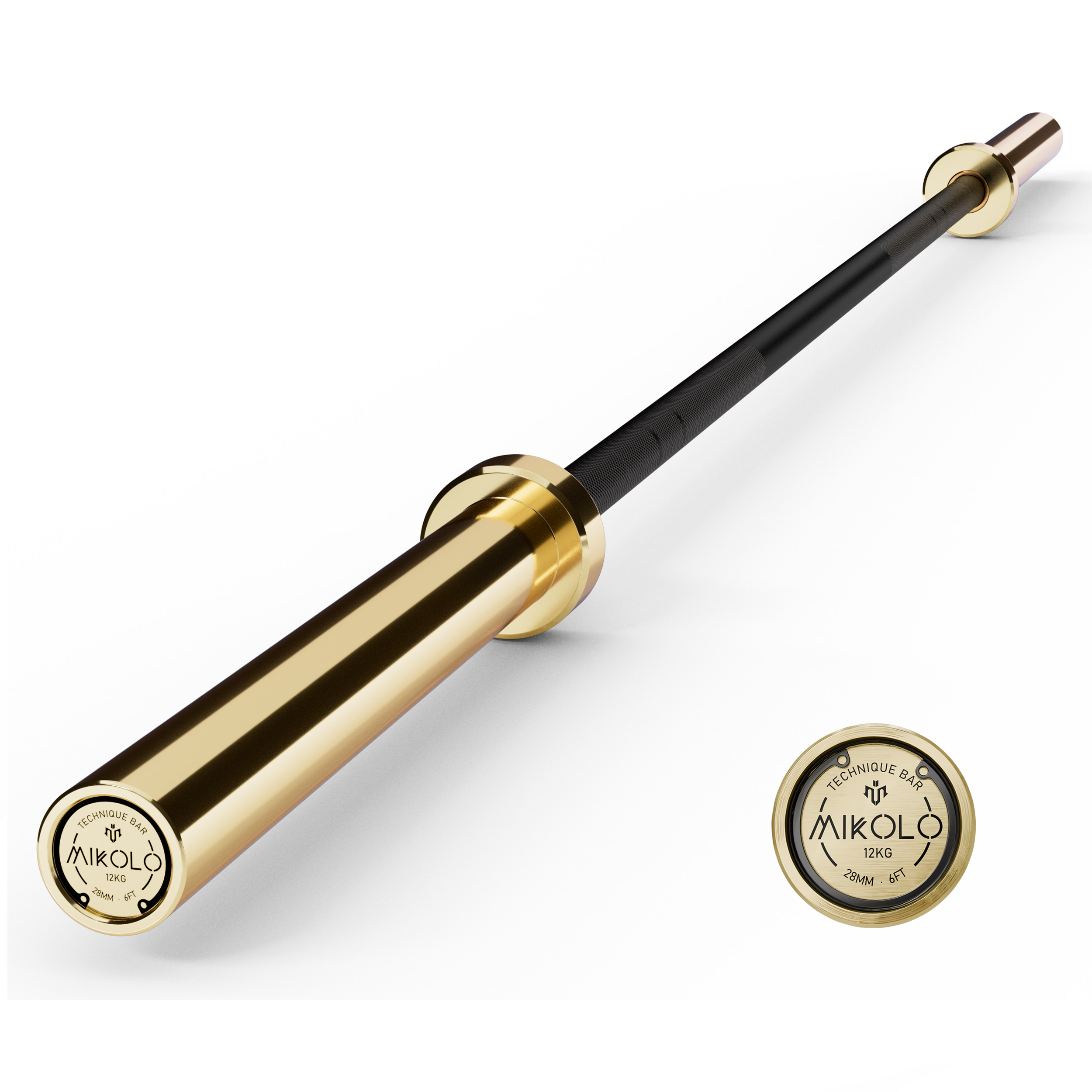

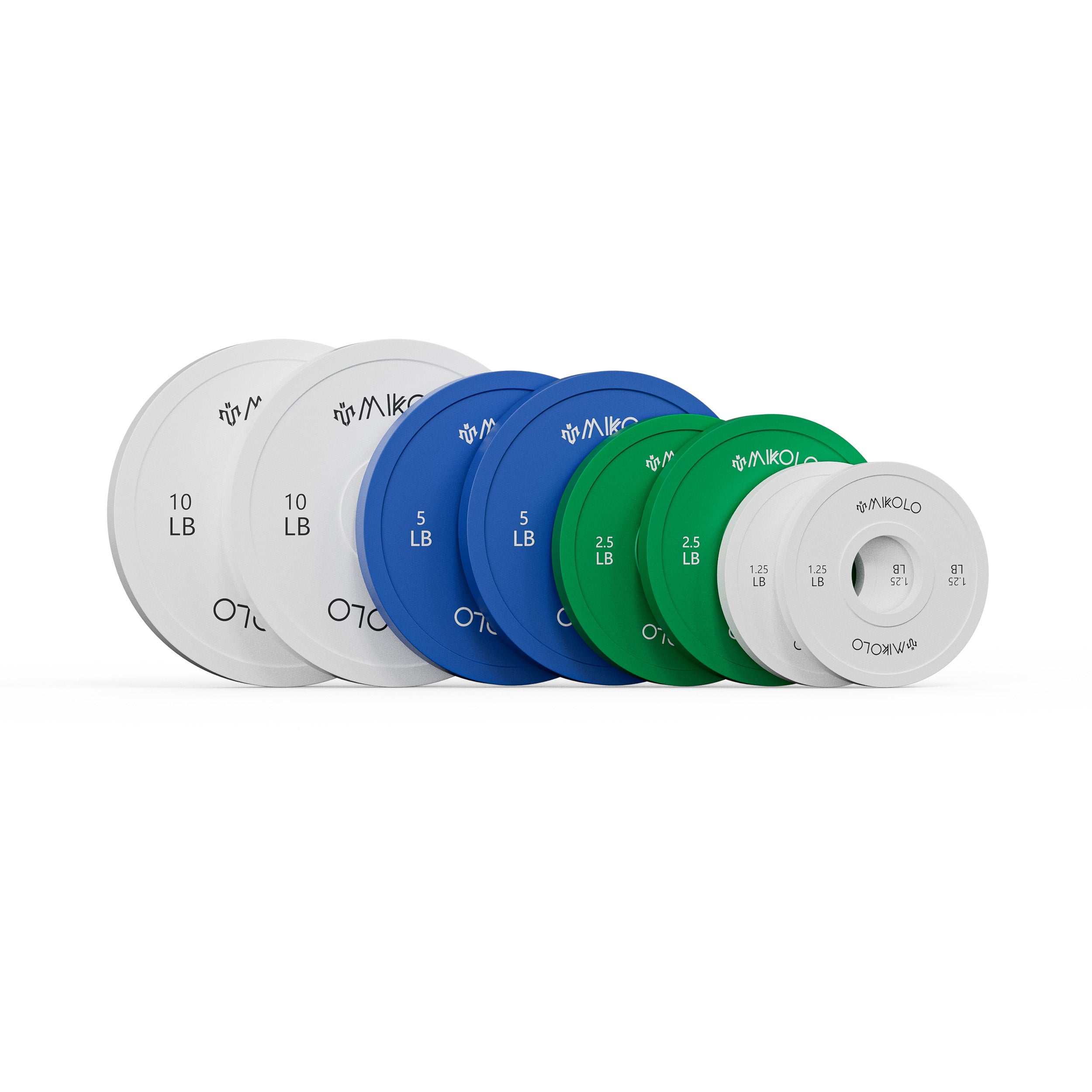
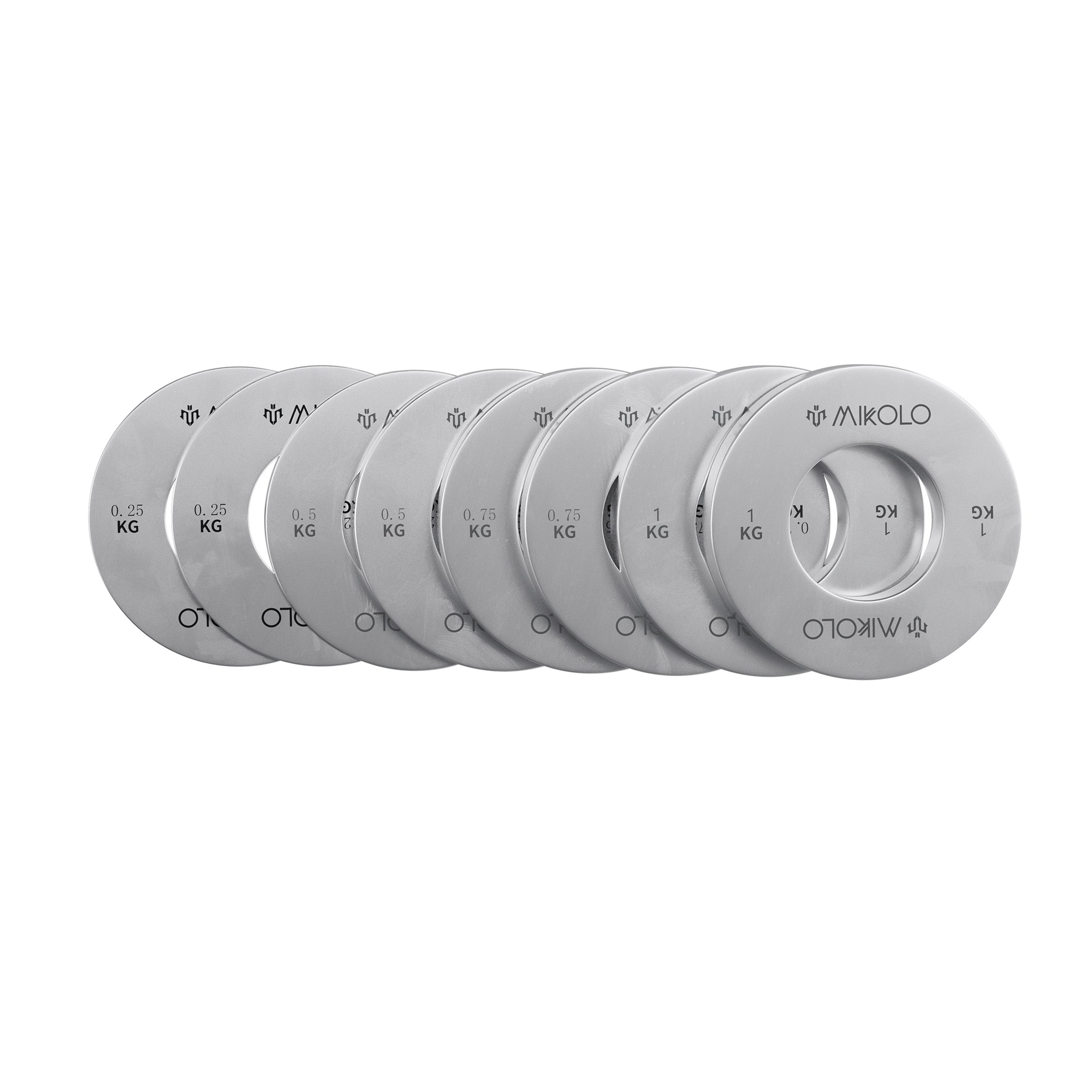



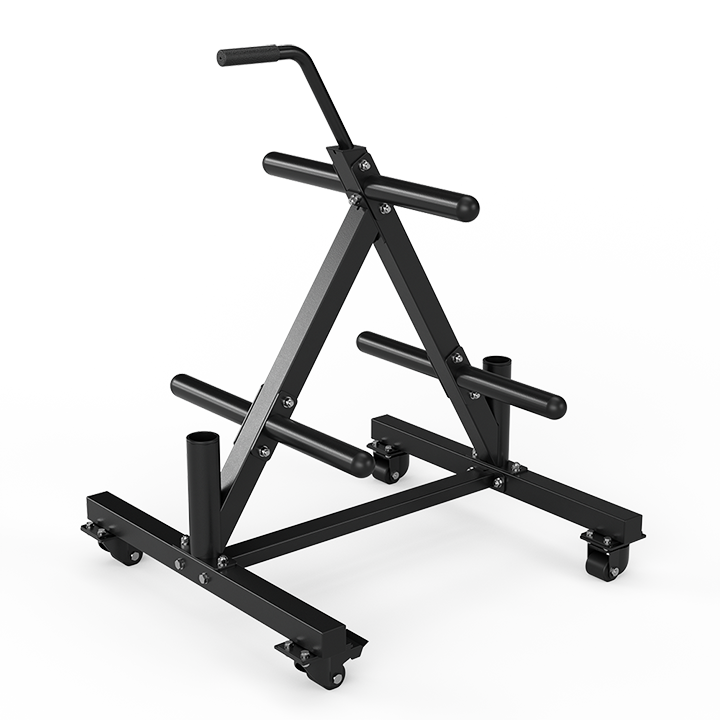
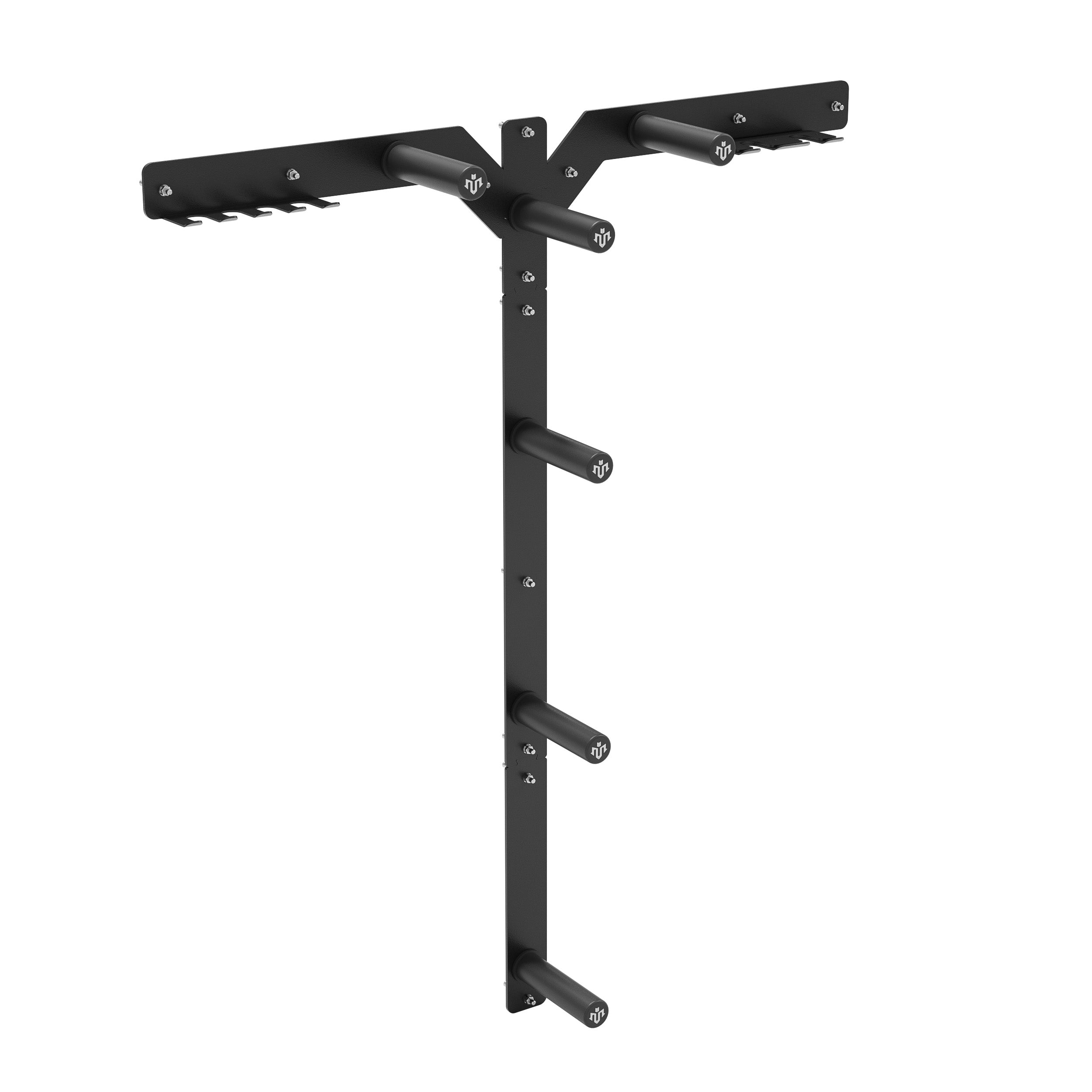
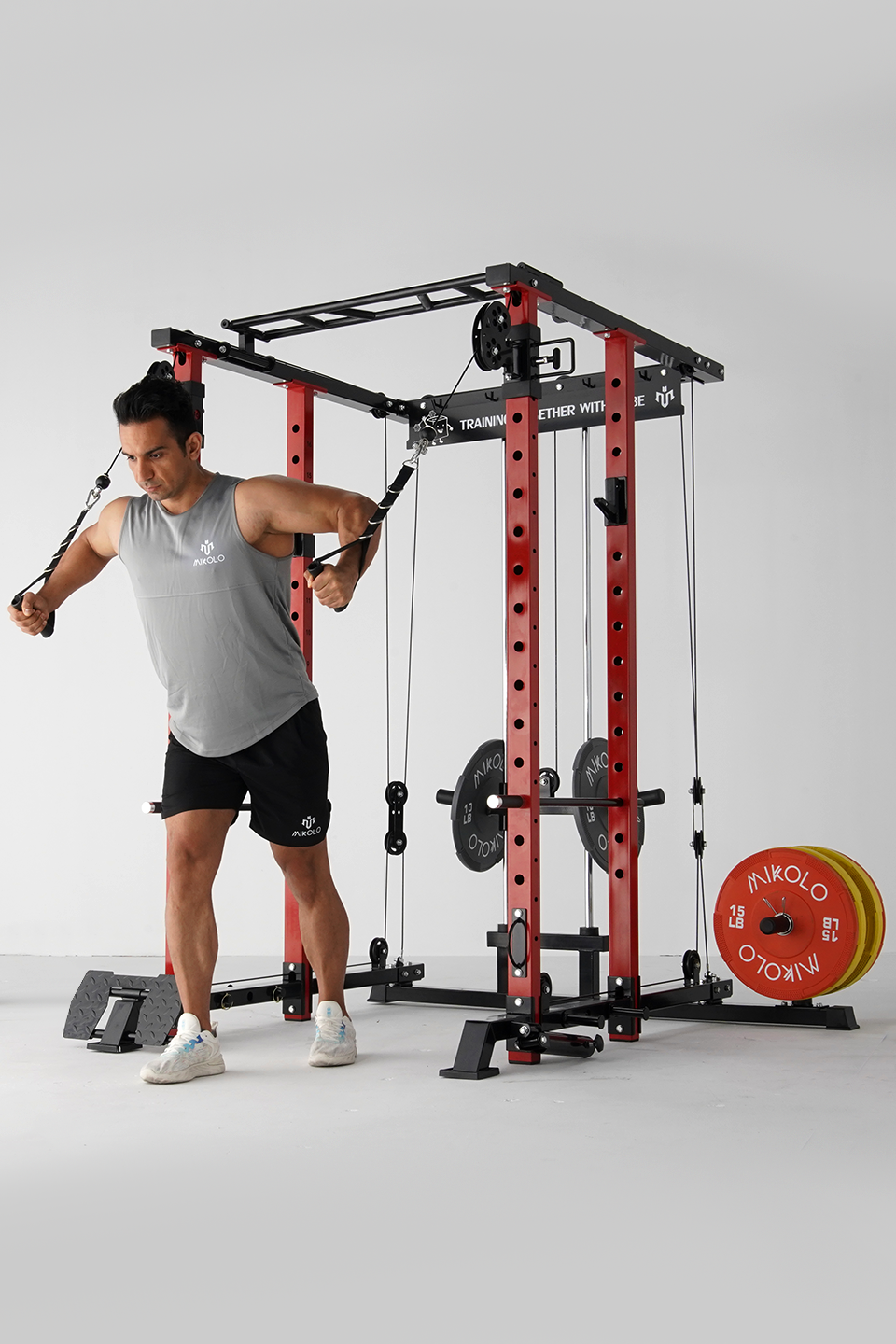



Leave a comment
This site is protected by hCaptcha and the hCaptcha Privacy Policy and Terms of Service apply.